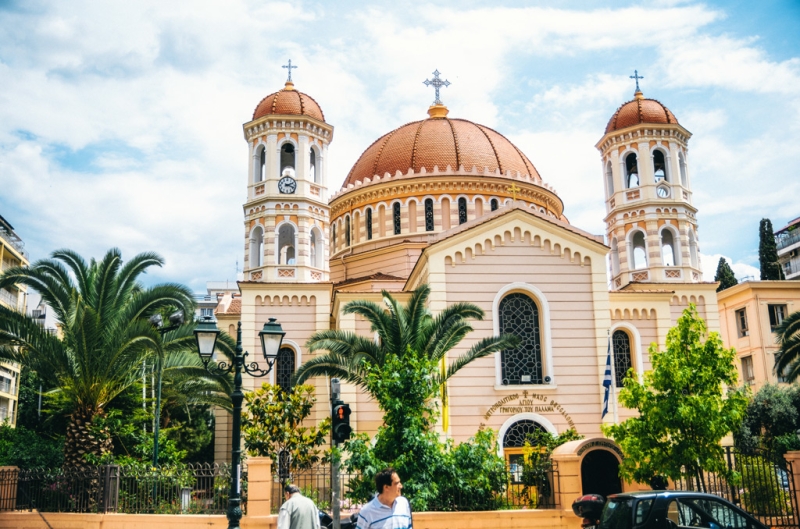
Russian tourists have long chosen the second largest Greek city – Thessaloniki, a city with a 2300-year history, named after the Macedonian princess.
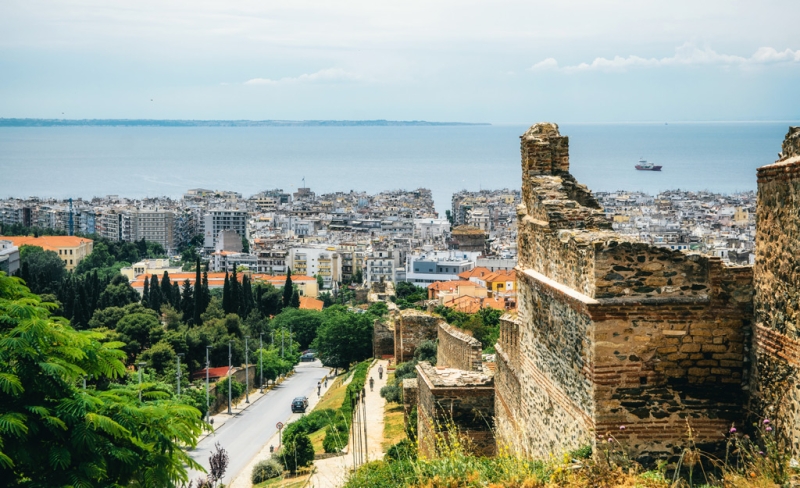
According to legend, the city was founded in 315 BC by the Macedonian king Cassander. He named the city after his wife Thessalonica, sister of Alexander the Great, a Thessalian princess. After her death, Thessalonica, according to Greek legend, turned into a mermaid and has been swimming in the Aegean Sea ever since. When Thessalonica meets the sailors, she asks them if King Alexander is alive. The mermaid releases the ship in peace only when she receives the answer: “He is alive and still rules.” If the answer is negative, Thessalonica mercilessly sinks the ship with all the passengers.
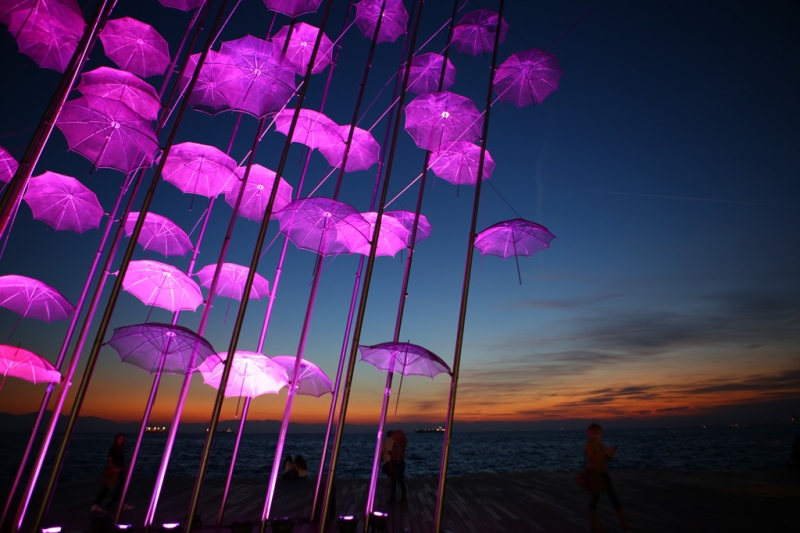
Thessaloniki was not Macedonian for long. In the 2nd century BC they were captured by the Romans, after which the city passed to the Byzantine Empire, under whose rule Saints Cyril and Methodius were born in the city in the 9th century. In the 10th century, Thessaloniki was taken over by the Saracens and 22 thousand inhabitants were sold into slavery. After the Saracens, the city was ruled by the Bulgarians, Sicilian Normans, the Latin Empire, the Kingdom of Epirus, the Nicaean Empire, a group of Zealots, Turks and Venetians.
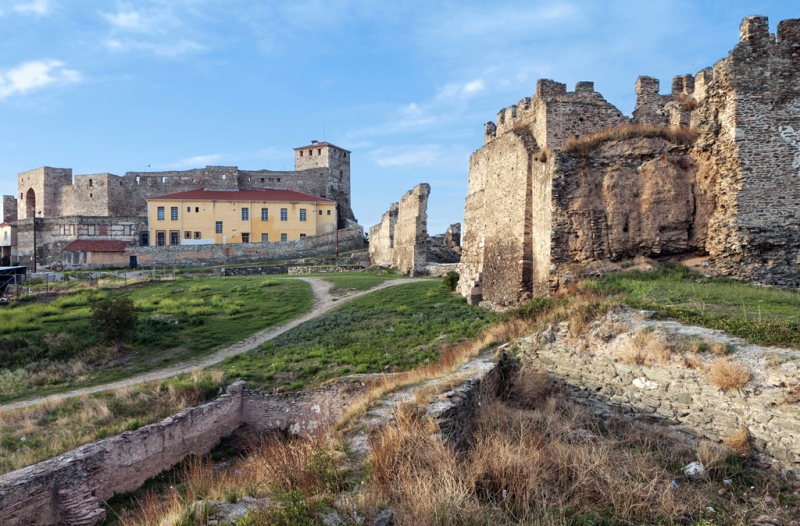
In the 15th century, after long attempts by the Turks to capture Thessaloniki, the city became part of the Ottoman Empire and remained under its rule until the 20th century. Over five centuries, the city completely became Turkish: a significant part of the Greek population was killed during military conflicts, many were sold into slavery, the remaining Greeks converted to Islam en masse and began to speak Turkish or went to live in the mountains. Most of the inhabitants were Spanish Jews and Turks, and Ladino became the main language of the city. In the 19th century, the founder of the modern Turkish state, Ataturk, was born in the city.
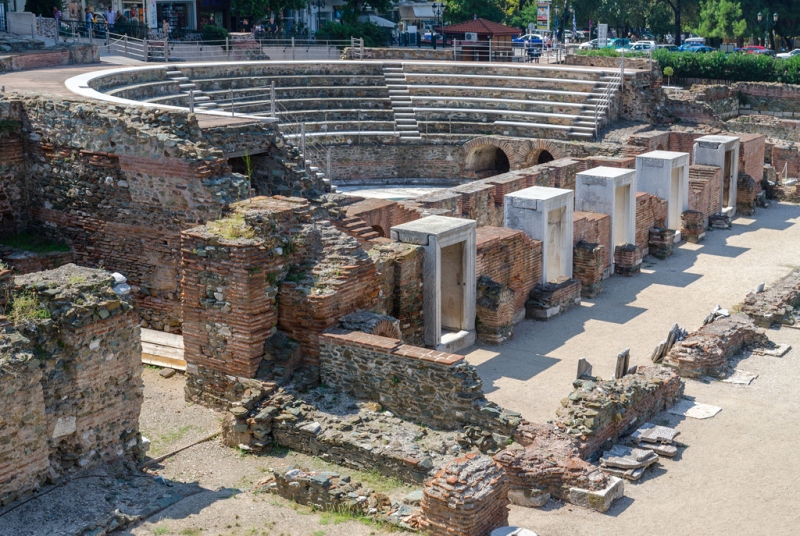
The rebel Greeks tried to take Thessaloniki from the beginning of the 19th century, but they managed to do it only after almost 100 years. In 1917, most of the old city was destroyed by fire. Along with the houses of thousands of inhabitants, traces of Ottoman civilization disappeared. Architect Ernest Ebrard, restoring Thessaloniki, especially focused on monuments of the Byzantine and ancient periods.
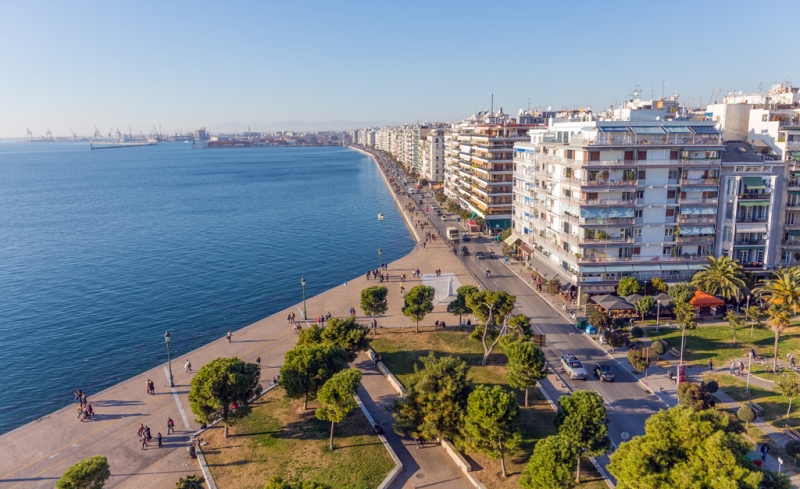
Most excursions in
Thessaloniki starts from Aristotle Square, which is considered the main one in the city and the most beautiful and majestic in all of Greece. Tourists are also sure to see the White Tower or Lions Tower, built by the Turks on the shore of the bay and used for defense and as a prison and execution site. After the mass execution of prisoners carried out in the tower in the 19th century, the tower was nicknamed the bloody tower. After gaining Thessaloniki, the Greeks whitewashed the tower as a symbolic gesture. The whitewash was washed off, but the name remained. Now there is a museum in the tower, and at its top there is an observation deck. Not far from the tower is the Archaeological Museum, which houses historical finds discovered in the city and throughout the region of Macedonia, including the jewelry of local rulers.
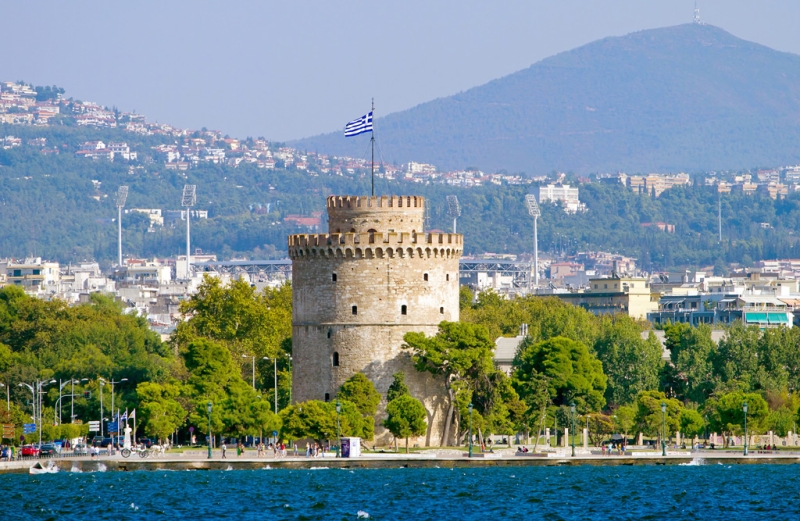
Excursions in Thessaloniki do not pass by temples. The main religious building of the city is the Basilica of St. Demetrius, built in the 4th century. According to legend, Demetrius was executed by the Roman Emperor Nestor in a dungeon that stood on the site of the basilica. According to another legend, the basilica was built on the site of Demetrius’ grave. Tourists are also shown the 7th-8th century Hagia Sophia, the 14th century Church of the Holy Apostles, the 13th century Church of St. Panteleimon, the 11th century Panagia Chalkeon Church and the 5th century Achiropiitos (“Not Made by Hands”) Basilica. Achiropiitos was the first church in the city to be converted into a mosque by the Turks. Sultan Murad II, after capturing the city, demanded that an inscription be made on one of the columns: “Sultan Murad captured the city of Thessaloniki in 833” – according to the Islamic calendar.
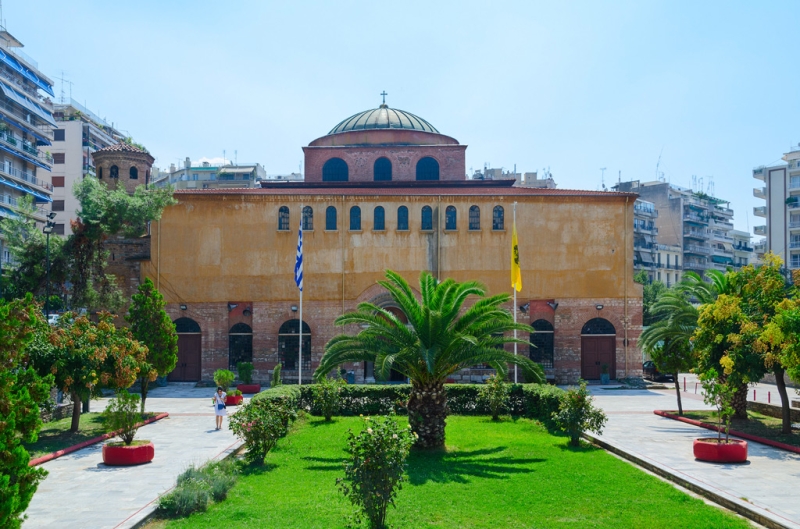
In Thessaloniki, the Triumphal Arch, built at the end of the 3rd century by the Roman Emperor Galerius, has been preserved. The columns of the arch are lined with bas-reliefs depicting scenes from the Emperor’s Persian campaign. Next to the arch stands the Rotunda of St. George, also built under Galeria and used, according to various versions, as a mausoleum, as a complex for official receptions or as a temple, including for imperial cult. By the 5th century, the rotunda was rebuilt as a church and decorated with mosaics.
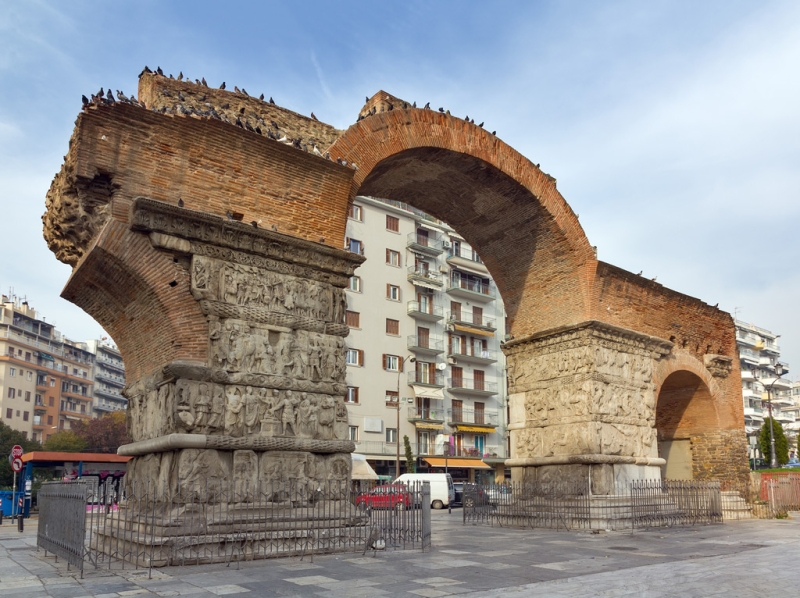
The beaches in Thessaloniki are not suitable for swimming, but there are many excellent beaches around the city. 22 kilometers from the city is the Agia Triada beach with crystal clear water, golden sand and developed infrastructure. 30 kilometers from the city is Angelochori Beach, very popular among kite and windsurfing enthusiasts. 17 kilometers from the city is Nea Michaniona beach, which, on the contrary, is suitable for those who prefer a relaxing holiday.
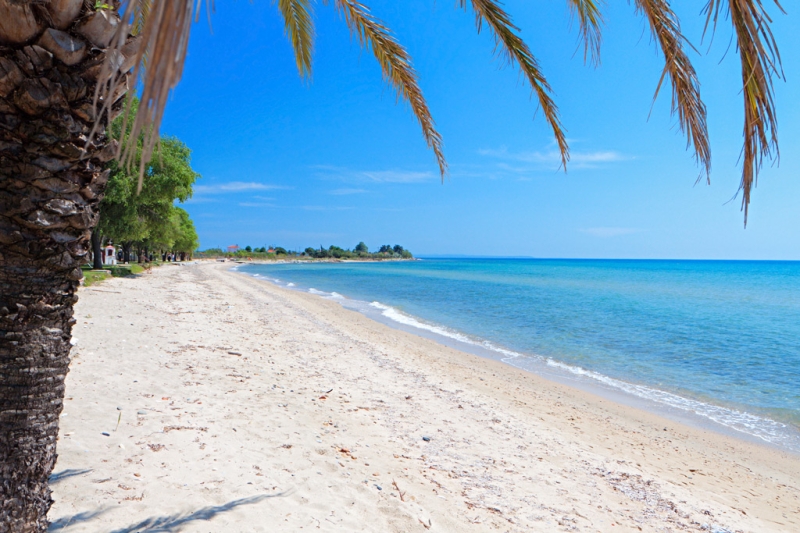
Thessaloniki has its own airport, Macedonia, to which you can fly non-stop from several large Russian cities. From the port of Thessaloniki you can reach many Greek cities. Thessaloniki is also the largest railway junction in Greece, connecting the city with Athens, Belgrade, Constantinople, Bucharest, Sofia and Skopje. In six hours you can get to Athens by bus, tickets for which are always sold at the box office.
See also:
Hurry to Greece!
10 crystal clear beaches in the world

